Introduction: Understanding Dead Baby Birds
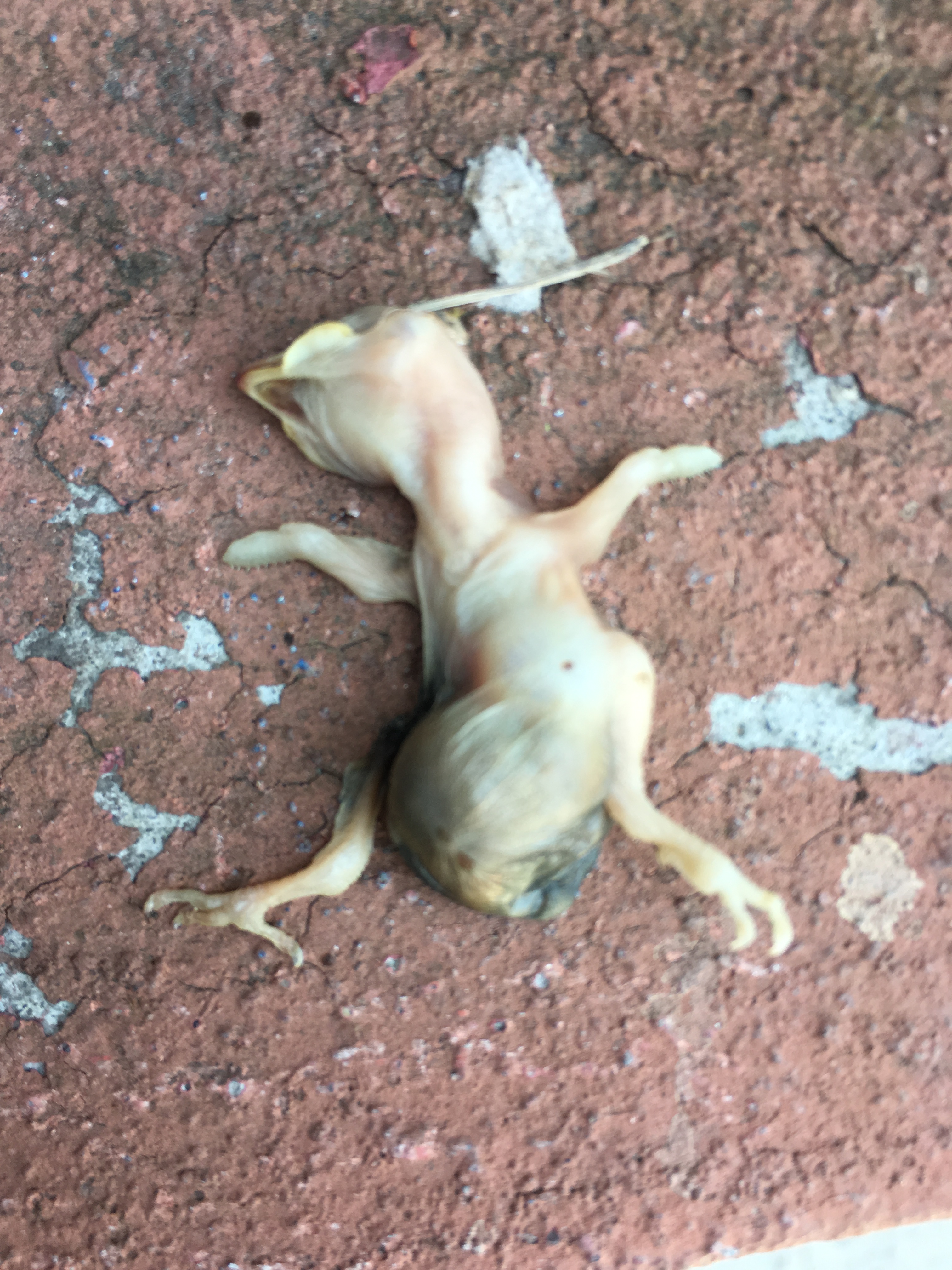
A dead baby bird refers to a young bird that has passed away before reaching maturity. Encountering a lifeless bird can be distressing, making it crucial to know how to identify and handle such situations properly. In this article, we will explore the signs of life in baby birds, how to determine if a baby bird is dead, common causes of baby bird death, what to do if you find a dead baby bird, and tips for keeping baby birds safe.
Identifying a Dead Baby Bird
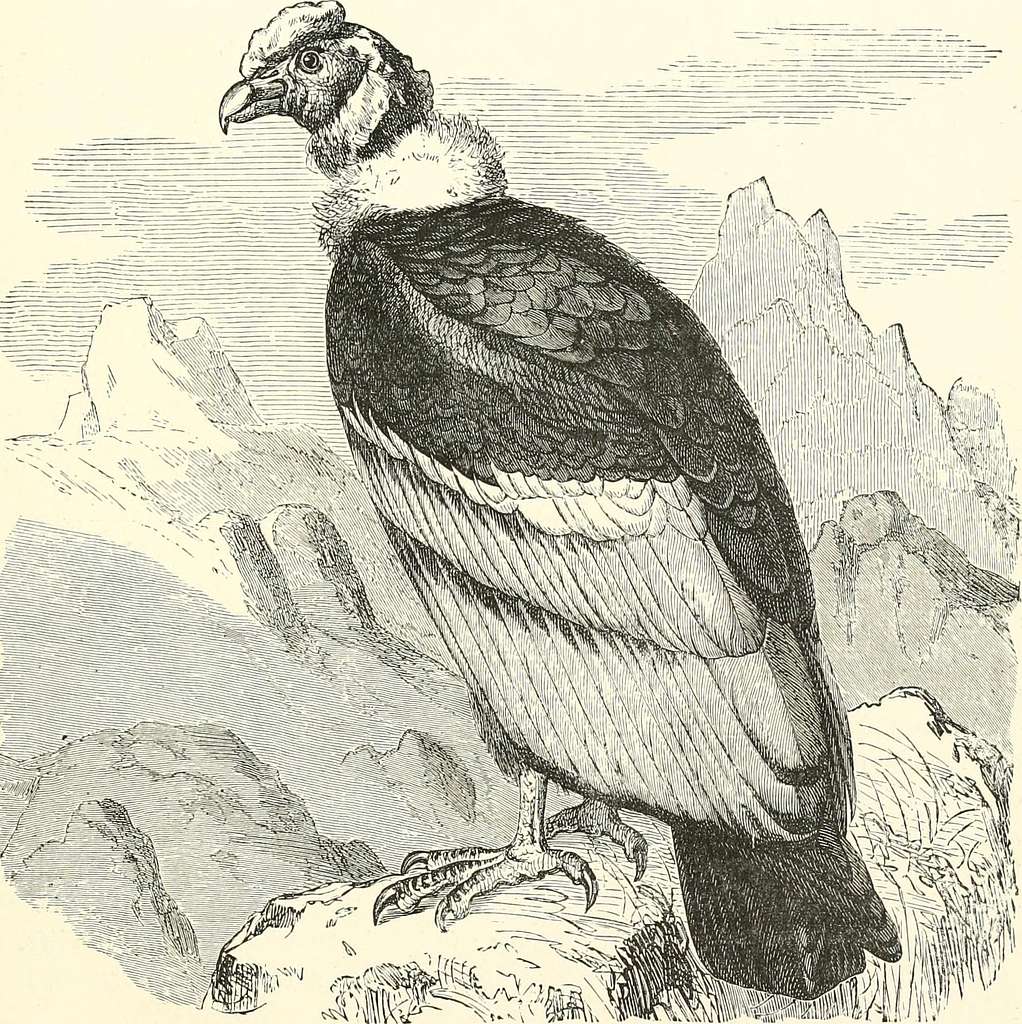
When identifying a dead baby bird, there are several key characteristics to look for. A deceased baby bird typically appears lifeless and motionless, with no signs of breathing. Its body may be limp, and its eyes may be closed. Additionally, the color of the bird’s skin or feathers may change, becoming pale or discolored. These physical indicators serve as important cues to determine its demise.
Another crucial aspect of identifying a dead baby bird is the lack of response to stimuli. Unlike a living baby bird that would react to touch, sound, or light, a deceased bird will not exhibit any response. It remains unresponsive, further confirming its death. In some cases, a decomposing baby bird may emit a distinct odor as its body starts to break down, providing an additional clue of its demise.
Differentiating between a dead baby bird and a living one is important. Living baby birds display signs of life, such as movement, chirping, or opening their eyes in response to stimuli. Understanding these distinctions can help us properly assess the condition of a baby bird and determine whether it is deceased or alive.
Signs of Life in Baby Birds
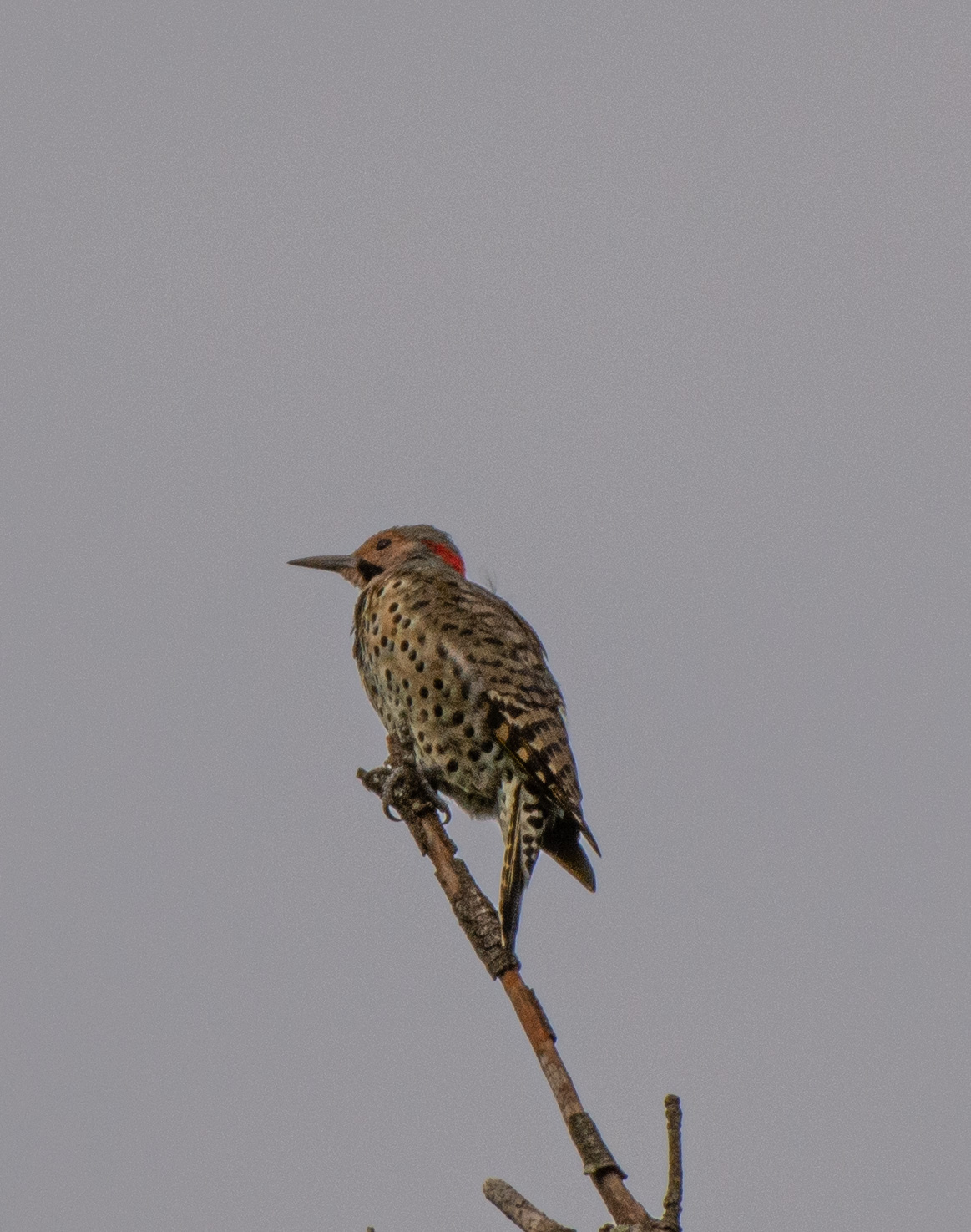
When you come across a baby bird, it’s important to determine whether it is alive or not. Understanding the signs of life in baby birds can help you make an informed decision about their well-being. Here are some key indicators to look for:
-
Movement: Keep a close eye on the bird’s body and limbs for any signs of twitching, fluttering, or slight movements. These actions suggest that the bird is alive and attempting to exert control over its body.
-
Breathing: Observing the bird’s chest area can provide valuable insights into its vitality. Look for rhythmic rise and fall movements, indicating that the bird is taking in air through respiration. You can also try gently placing your finger near the bird’s nostrils or beak to feel for any breath.
-
Vocalization: Baby birds often emit soft chirping or peeping sounds, particularly when they’re hungry or distressed. Listen closely for any faint noises coming from the bird, as this vocalization can be a clear sign of life.
-
Eye Movement: The behavior of the bird’s eyes can also indicate its condition. If the eyes are open and moving, it signals that the bird is conscious and aware of its surroundings. Conversely, a lack of eye movement or closed, unresponsive eyes may suggest that the bird is not alive.
-
Feathers: Take note of the bird’s feathers as they can provide important clues about its vitality. Healthy baby birds typically have soft, fluffy feathers. If the feathers appear clean, well-groomed, and in good condition, it indicates that the bird is alive and capable of self-care.
-
Body Temperature: Assessing the bird’s body temperature can be another useful indicator. Gently touch the bird to gauge its warmth. A warm body is indicative of an active metabolism and suggests that the bird is alive.
By paying attention to these signs, you can better determine whether a baby bird is alive or deceased. If you observe multiple signs of life, it’s essential to take appropriate action to ensure the bird’s well-being. However, if the bird shows no signs of life, it may be necessary to explore further steps, as outlined in the next section.
How to Determine if a Baby Bird Is Dead
Encountering a baby bird that appears lifeless raises the crucial question of whether it has passed away or is still alive. By assessing the bird’s vital signs and physical characteristics, you can make an informed determination. Here are some key indicators to consider when determining if a baby bird is dead:
Appearance and Physical Signs
-
Lack of movement: If the baby bird remains unresponsive, even when approached or gently prodded, it is likely deceased.
-
Unchanged position: A baby bird that remains motionless in the same position for an extended period may be an indication of death. Living baby birds would typically adjust their posture or move around.
-
Stiffness: Rigor mortis, characterized by limb stiffness, suggests that the bird has passed away. If the bird’s body is rigid or immobile, it further confirms its demise.
Eyes and Beak
-
Closed eyes: Tightly shut eyes that do not open or respond to light may indicate death. Living baby birds usually have open and responsive eyes.
-
Dull or cloudy eyes: Lack of brightness or clarity in the eyes can suggest that the bird has passed away. Healthy baby birds typically have bright and alert eyes.
-
Lack of beak movement: The absence of movement or response from the beak could indicate the bird’s death. A living baby bird’s beak should exhibit movement, such as opening and closing.
Breathing and Heartbeat
-
Absence of breathing: Observe the bird’s chest for any signs of movement indicating breathing. If there is no visible or audible breathing, it may be an indication that the baby bird is deceased.
-
Lack of heartbeat: Detecting a baby bird’s heartbeat without specialized equipment can be challenging. However, if you have the necessary skills and tools, you can attempt to check for a heartbeat. The absence of a discernible heartbeat would indicate that the bird has passed away.
Remember, assessing the life status of a baby bird can be challenging, particularly for individuals without experience or training. If you suspect that a baby bird may be deceased based on these signs, it is advisable to seek guidance and assistance from local wildlife authorities, animal rescue organizations, or avian experts.
In the next section, we will explore common causes of baby bird death and discuss preventive measures to ensure their well-being.
Common Causes of Baby Bird Death
![]()
When it comes to the unfortunate demise of baby birds, several common causes contribute to their untimely deaths. Understanding these causes can help raise awareness and promote actions to protect these vulnerable creatures.
- Abandonment by Parent Birds
One prevalent cause of baby bird death is when parent birds abandon their nests or fail to provide adequate care. This can occur due to various reasons, including predation, disturbance, or the parents’ inability to find enough food. When parent birds are unable to fulfill their nurturing responsibilities, the survival chances of the baby birds significantly decrease.
- Predation
Baby birds are highly vulnerable to predation by a variety of animals, including cats, dogs, snakes, and larger birds. These predators can easily access nests and prey upon the helpless chicks, leading to their tragic demise. The presence of predators puts the baby birds at great risk, especially when they are unable to defend themselves or flee.
- Exposure to Harsh Weather Conditions
Extreme weather conditions can prove fatal for baby birds. High temperatures cause dehydration, while cold temperatures result in hypothermia. Exposure to such harsh elements weakens the young birds and eventually leads to their death. Without proper protection and insulation, these fragile creatures are unable to withstand the adverse effects of extreme weather.
- Lack of Food
Baby birds have high nutritional demands, and if they do not receive adequate nourishment, their chances of survival diminish. Factors such as food scarcity or competition with siblings can contribute to malnourishment and eventual death. Insufficient food availability hampers the growth and development of the baby birds, weakening their overall health and making them more susceptible to other threats.
- Disease and Infection
Baby birds are susceptible to various diseases and infections, including bacterial, viral, and fungal infections. These illnesses greatly weaken their immune systems, making them more susceptible to other health complications. Without proper medical intervention or care, the infected baby birds may succumb to the illness and pass away prematurely.
- Nest Destruction
Human activities or natural events like storms or falling branches can lead to the destruction of bird nests. This unfortunate circumstance can result in the death of the baby birds if they are unable to escape or if their parents are unable to provide them with an alternative safe location. Nest destruction disrupts the birds’ natural habitat and exposes the baby birds to numerous dangers and threats.
- Accidental Injury
Accidental injuries, such as collisions with windows or vehicles, can also be a cause of baby bird death. These incidents may occur when the birds are in the process of learning to fly or exploring their surroundings. The impact of such accidents can be fatal, leading to severe injuries or instant death.
Understanding the common causes of baby bird death is essential in raising awareness and implementing preventive measures. By addressing these causes, we can strive to create a safer environment for these delicate creatures, ensuring their well-being and survival.
What to Do If You Find a Dead Baby Bird

When you come across a deceased baby bird, it’s important to handle the situation with care and take appropriate steps for disposal. Here are guidelines to follow:
Handle with Care
![]()
Handle a dead baby bird with caution to protect yourself from potential risks associated with diseases and parasites. Wear gloves or use a plastic bag as a barrier between your hands and the bird. This precautionary measure minimizes the chances of transmission and ensures your safety.
Confirm the Condition
Before taking any action, confirm that the baby bird is indeed deceased. Look for signs of life, such as movement, breathing, or a heartbeat. If the bird is motionless and unresponsive to gentle prodding or stimulation, it has likely passed away. Be certain of its condition before proceeding.
Document the Finding
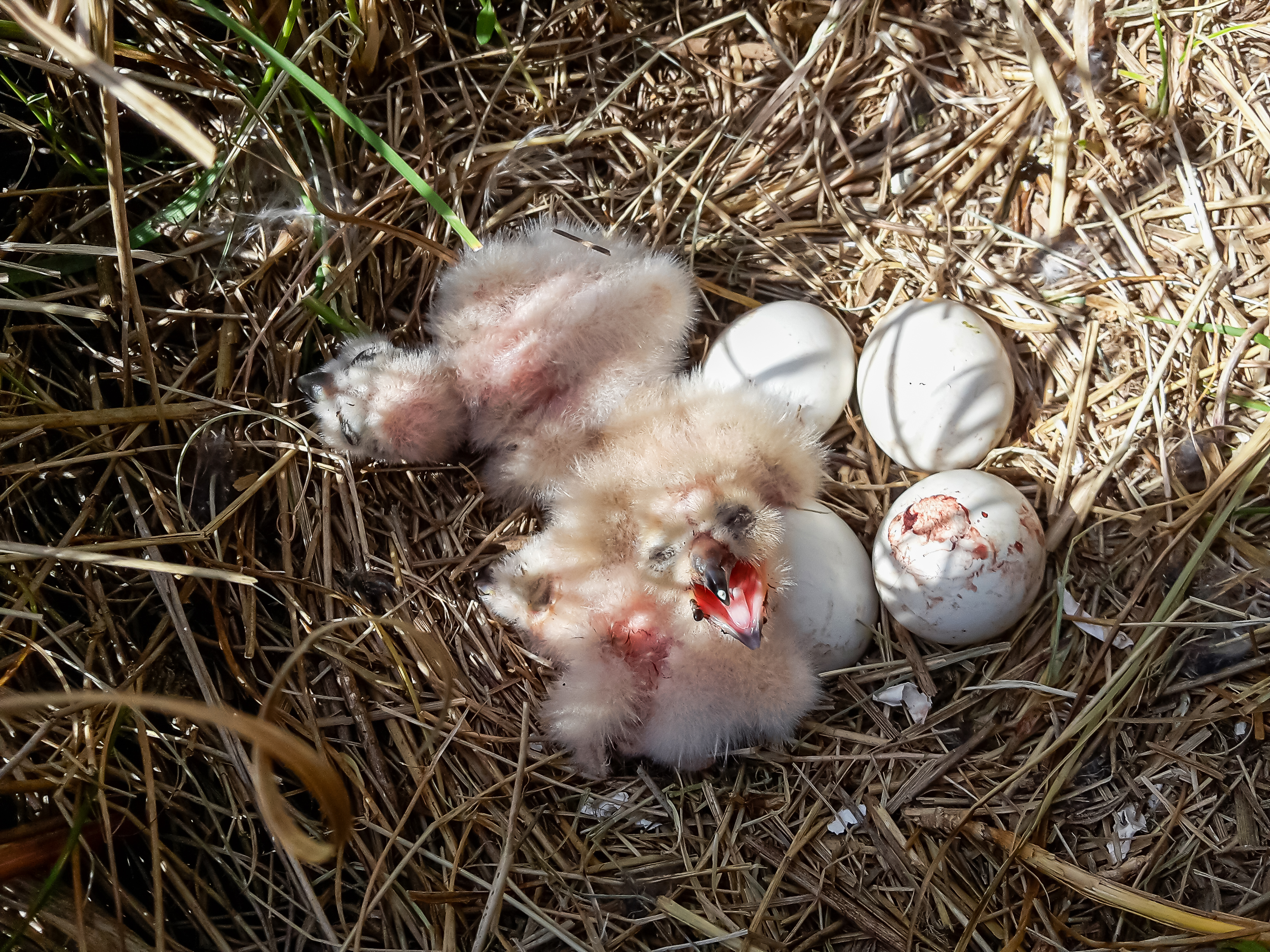
When you find a dead baby bird, documenting the species and location can be beneficial. Take note of any distinguishing features or markings, as this information may prove valuable for reporting purposes or scientific research. By providing accurate details, you contribute to the collective knowledge about bird populations.
Proper Disposal
Once you have confirmed the bird’s condition, dispose of it appropriately. Check local regulations or guidelines for the recommended method. Options include burying the bird in a location away from human activity or placing it in a sealed bag and disposing of it in the garbage. Proper disposal prevents the spread of diseases and maintains hygiene.
Report to Authorities
In certain situations, it may be necessary or beneficial to report the finding to local authorities or organizations that monitor bird populations. They can provide guidance on proper disposal methods and may be interested in collecting data on bird mortality. Reporting the incident contributes to ongoing research and conservation efforts.
Reflect on Possible Causes
Reflecting on possible causes of the baby bird’s death can provide insights into the broader ecological context. Factors such as environmental hazards, predation, or human activities can contribute to bird mortality. By considering these factors, individuals and organizations can take steps to mitigate risks and protect bird populations in the future.
Remember, handling a dead baby bird requires care and attention. By following the appropriate steps for disposal and considering reporting options, you contribute to the well-being of bird populations and help maintain a healthy ecosystem.
Tips for Keeping Baby Birds Safe
![]()
Protecting and ensuring the safety of baby birds is crucial for their survival and the overall well-being of avian populations. By taking proactive measures and implementing responsible actions, we can create a bird-friendly environment and promote the welfare of these vulnerable creatures. Here are some essential tips:
-
Create a Bird-Friendly Environment: Establish a welcoming habitat with native plants and trees that offer food sources, nesting sites, and shelter. Native vegetation attracts insects, which are vital food sources for baby birds.
-
Avoid Pesticides: Minimize or eliminate the use of pesticides in your yard or garden as they can harm baby birds. Pesticides can contaminate the insects that birds feed on, leading to adverse health effects.
-
Keep Domestic Pets Indoors or Supervised: Cats are natural hunters and pose a significant threat to baby birds. Keep cats indoors or closely supervise them when they are outside to prevent harm to vulnerable bird populations.
-
Maintain a Safe Distance: When encountering baby birds or their nests, maintain a safe distance to avoid causing stress or abandonment by their parents. Human interference can disrupt their natural behaviors and hinder their chances of survival.
-
Support Wildlife Rehabilitation Centers: Familiarize yourself with local wildlife rehabilitation centers and support their efforts. These organizations provide care and rehabilitation for injured or orphaned baby birds. Consider volunteering or donating to help their cause.
-
Report Injured or Orphaned Birds: If you come across an injured or orphaned baby bird, report it to the appropriate authorities or wildlife rehabilitators. They have the knowledge and resources to provide necessary care and increase the bird’s chances of recovery and successful release.
-
Educate Others: Raise awareness about the importance of protecting baby birds and their habitats. Share information with friends, family, and community members to encourage responsible actions that benefit avian populations.
In conclusion, safeguarding baby birds requires a collective effort to create a safe and nurturing environment. By implementing these tips, we can contribute to the conservation of avian species and ensure the well-being of future generations of birds. Let us embrace our role as stewards of nature and take active measures to protect these delicate and fascinating creatures.
Frequently Asked Questions
Frequently Asked Questions
1. How can I tell if a baby bird is dead?
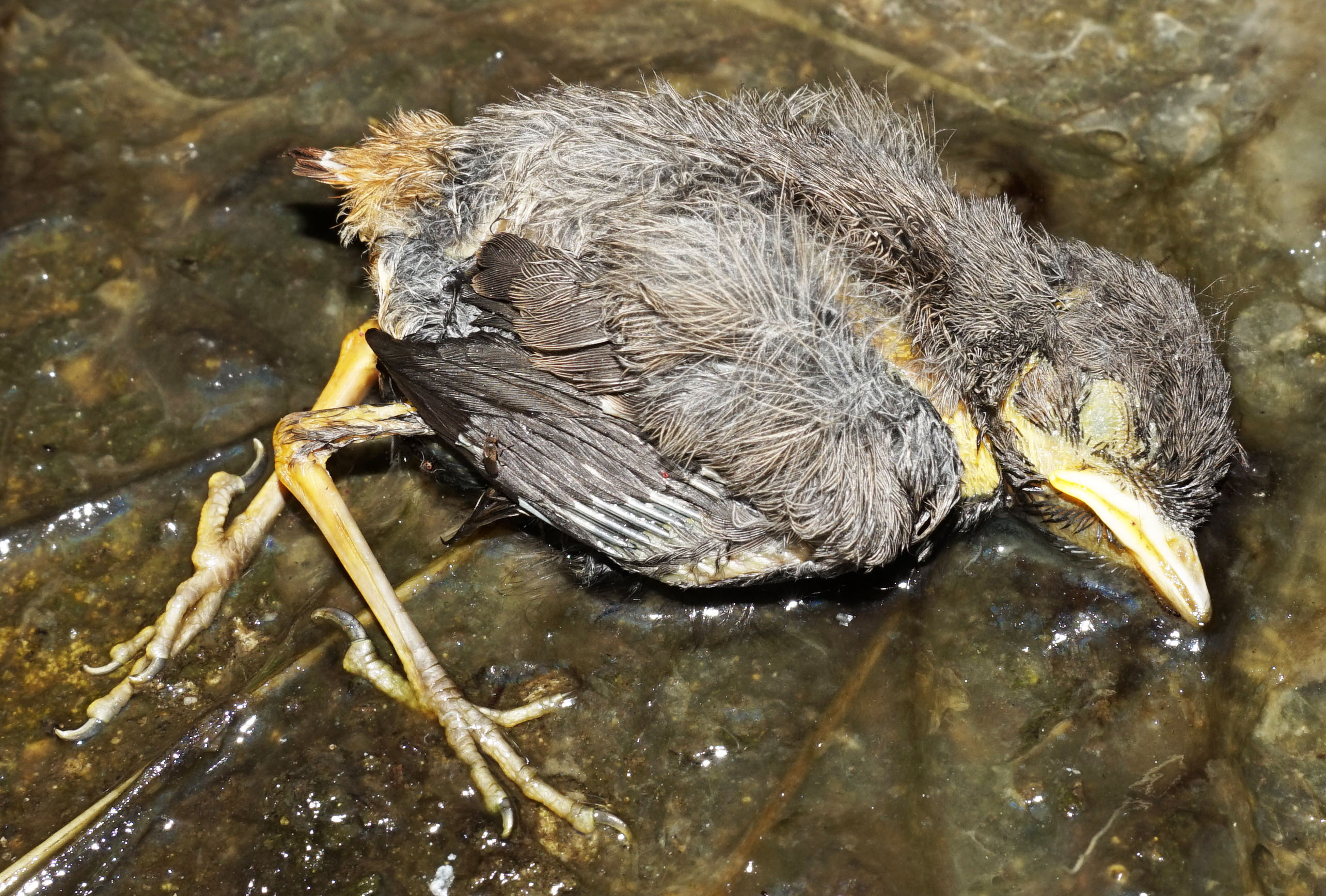
To determine if a baby bird is deceased, look for signs of life such as movement, breathing, or a heartbeat. If the bird is unresponsive, shows no signs of breathing, has closed and dull eyes, and lacks beak movement, it is likely dead.
2. What are the physical signs of a dead baby bird?

Physical signs of a dead baby bird include lack of movement, unchanged position for an extended period, stiffness, closed and dull eyes, and absence of beak movement. These indicators suggest that the bird has passed away.
3. Can a baby bird be mistaken for dead when it’s actually alive?
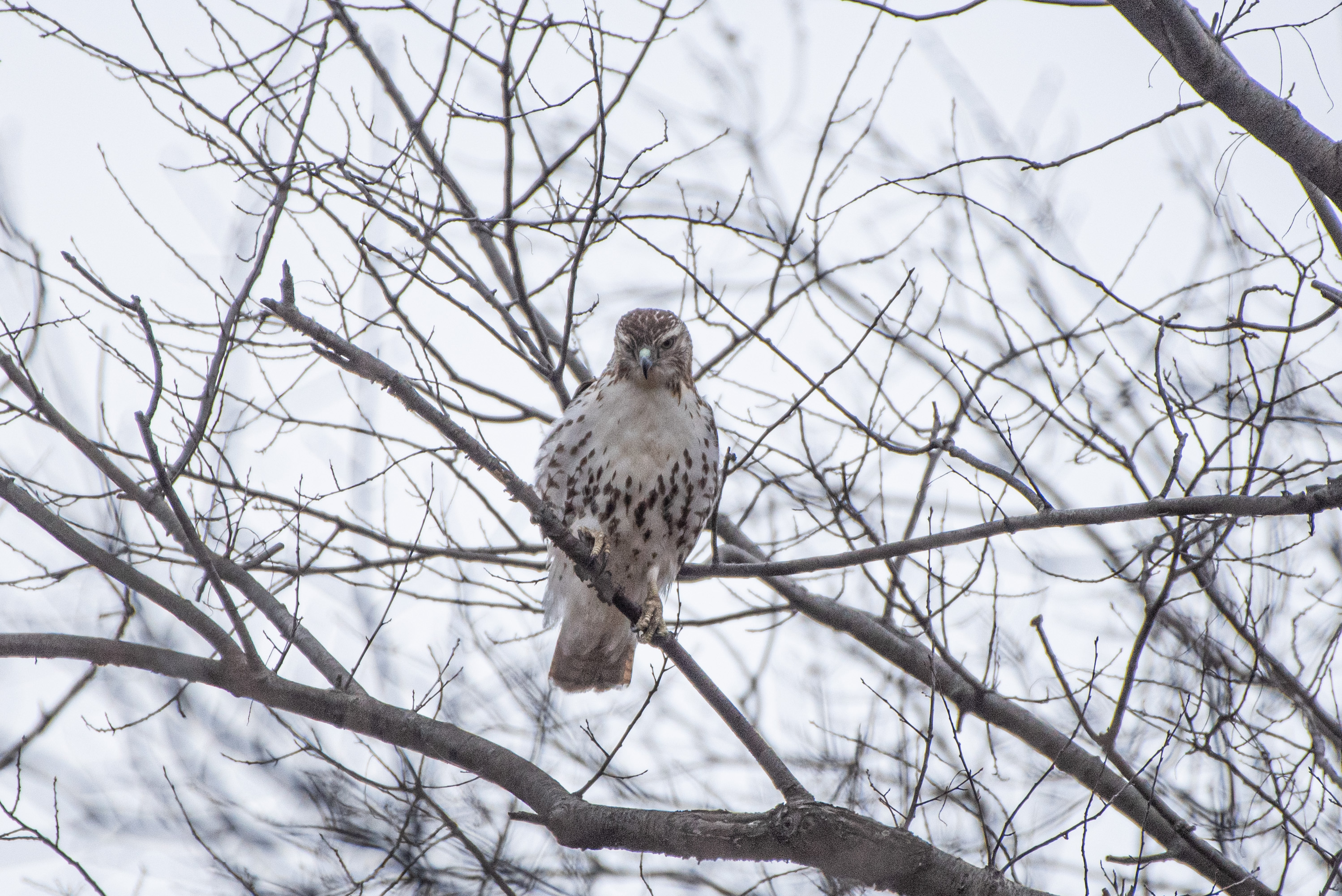
Yes, it’s possible to mistake a living baby bird for dead. Look for signs of life such as movement, breathing, vocalization, eye movement, and healthy feathers. These factors can help differentiate between a dead baby bird and a living one.
4. What should I do if I find a dead baby bird?
If you find a dead baby bird, handle it with caution using gloves or a plastic bag as a barrier. Confirm that the bird is deceased by checking for signs of life. Properly dispose of the bird by following local regulations, document the finding if possible, and consider reporting it to local authorities or organizations monitoring bird populations.
5. Are there common causes of baby bird death?
Yes, common causes of baby bird death include abandonment by parent birds, predation by animals, exposure to harsh weather conditions, lack of food, disease and infection, nest destruction, and accidental injuries. Understanding these causes can help raise awareness and implement preventive measures to protect baby birds.


Leave a Reply